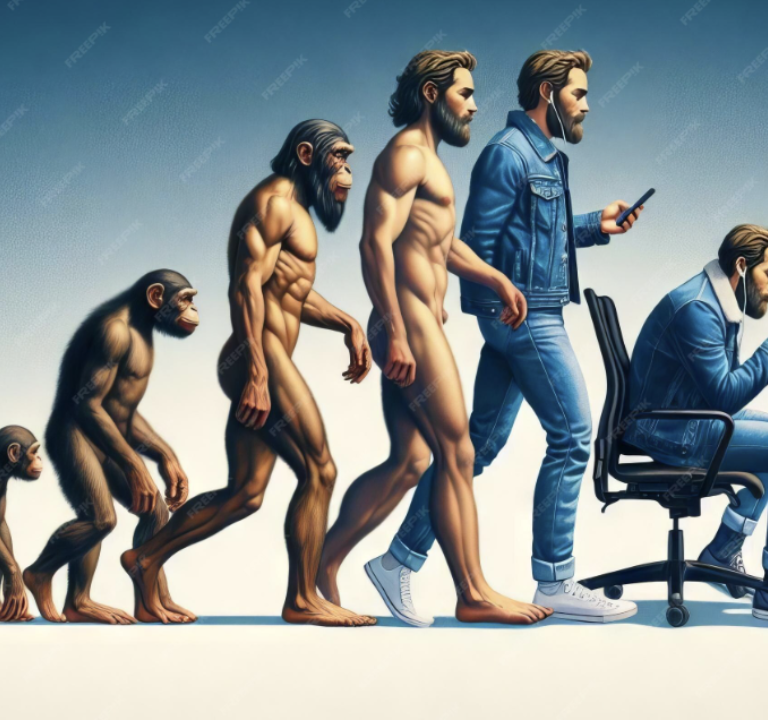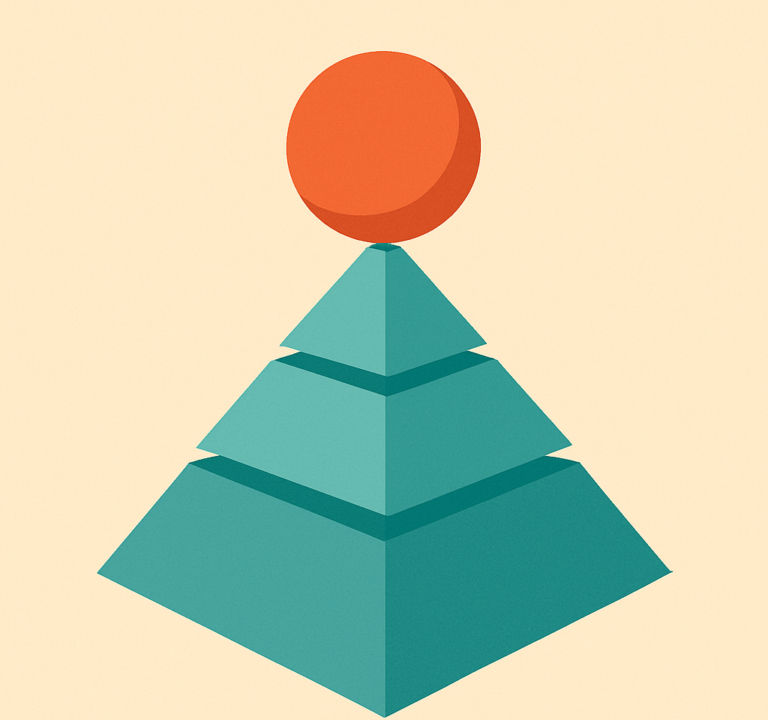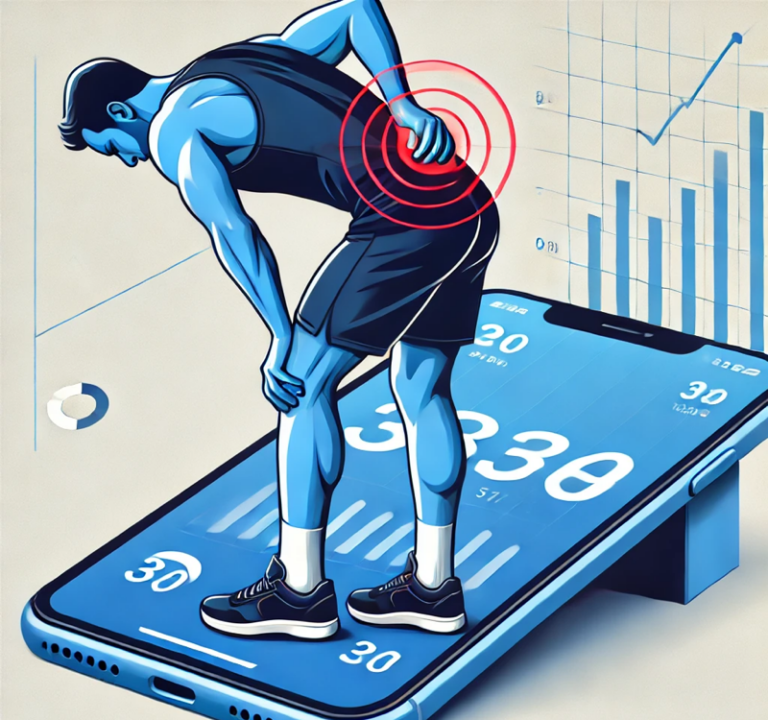Outlive or the quest for healthspan

The economy of aging
A majority of countries are facing a demographic shift where residents aged 60 and above are outnumbering younger tranches of their population. This shift is accompanied by an increase in personal and societal spending devoted to caregiving and medication as aging accelerates disabilities and ailments.
In 2018, WHO declared aging as a treatable condition, which helped make aging - and longevity - the focal point of a great number of individuals and startups. Insurers, corporate health plans, governments and pharmaceuticals started buying-in the trend and are becoming customers of choice in the B2B(2C) models.
These elements and the fact that aging demographics have an increasing spending power and tech literacy contribute to inflate the longevity market’s value to $600B USD by 2025.
Health x Lifespan
Desires to push the limits of human longevity and near immortality have forever occupied imaginations.
Global life expectancy was trending upwards in most developed countries until the COVID pandemic along with prevalence of chronic diseases. As a result, a majority of seniors spend the last decade of their life - marginal decade - as patients battling disabilities with poor quality of life.
The modern idea of longevity is not one of immortality, but rather one of living agessly for the longest period of time - or amortality.
Healthspan is the period of life spent in good health, free from the chronic diseases and disabilities of aging
The quest for Healthspan - the contraction of health and lifespan - calls for a complete rethinking of the currently predominant curative approach of medicine - or Peter Attia’s Medicine 2.0 - to a more proactive and preventive Medicine 3.0 where individuals (not patients) have their health in their hands.
A roadmap to healthspan
Leaving accidental and violent deaths aside, Attia identifies 4 leading causes of death, or Horsemen - Heart diseases, Cancers, Neurodegenerative conditions, and other metabolic diseases - that need to be avoided to improve healthspan using the following 5 strategies
1- Exercise
According to Mindbody, about a third of active people have longevity as their core motivator to exercise.
Physical capabilities normally start slowly declining around the fourth decade of life, which coincides with declines in mobility, stability and autonomy. Slowing this natural decline is the primary goal to increase healthspan - with the added benefit of building the highest physical strength and cardio fitness early on in life.
The true power of exercise is making people functionally younger
The first focal point identified by Attia is grip strength, as it directly contributes to keeping one out of trouble, but can also inform on overall strength. Grip strength can be trained by simple hanging, lifting or carrying exercises such as pull-ups, deadlifts or farmer’s walks. These exercises help maintain optimal muscle mass - key to energy metabolism, hormonal balance and brain health. Muscle mass also transfer to daily activities by improving stability and robustness, which help prevent falls - the number one cause of accidental death in 75+ - and increase the chances of recovering uninjured.
Attia’a second focal point is VO2max for being easy to measure and trainable marker of the pulmonary, cardiovascular, and muscular systems’ ability to carry and utilise oxygen. Training VO2max can be achieved by waling, cycling, light jogging or any Zone 2 aerobic activities - those that do not limit one’s ability to converse. Maintaining adequate cardiorespiratory fitness is pivotal as it is a strong predictor of morbimortality.
2- Nutrition
Nutrition can also play a big part in promoting (metabolic) health and thus keeping the Horsemen away.
Caloric restriction (CR) is undoubtedly - at least in animal models - the most effective means to prolong life by putting less strain on metabolic machinery. More sustainable and robust alternatives such as dietary restriction - or avoiding foods rich in processed sugars & fats, and alcohol - or time-restricted fasting can be better suited to improving healthspan.
Increasing protein intake via nutrition or supplementation is also important to counteract age-related decline in anabolic hormones & muscle mass.
Maintaining diverse dietary habits and consuming pre.probiotics optimise gut microbiota composition, its role in the gut-brain axis, and its endocrine, anti-inflammatory & immune functions.
3- Sleep
Sleep deprivation, a lack of adequate deep and restorative sleep, or oversleeping (11+ hours daily) associate with many chronic illnesses.
(Deep) sleep lowers levels of stress hormone cortisol, improves insulin sensitivy & glucose metabolism, and promotes excretion of cellular by-products - linked to Alzheimer's, among other benefits. Accumulating hours of quality sleep is especially important in the fourth to sixth decades of lives, where sleep quantities normally decline.
Technologies that monitor nighttime HRV for example can be useful to quantify sleep - but can also create sleep-disturbing obsessions. Soothing bedtime routines using meditation & breathing routines, sound therapy, air & mattress cooling systems could be more viable means to improve sleep quality.
4- Cognitive & emotional health
Emotional health completes the 3 pillars of healthspan - along with physical and metabolic health. Just like physical stability and metabolic flexibility, mental resilience and distress tolerance are necessary in the quest for healthy aging.
Being mentally and socially active can prevent Alzheimer’s and other dementia, while setting long term challenges and planning for future projects scan sustain motivation and give a sense of purpose to daily efforts.
5- Supplements
Exogenous aids can come in handy to push back aging. CR-mimicking compounds such as resveratrol or urolithin; sleep inducing Ashwagandha or magnesium L-threonate; DNA repair NAD+ complex are all potential neutraceuticals. Going a step further into anti-aging therapies opens the realm of pharmacological drugs Rapamycin and Metformin, or therapies to remove senescent cells, modulate autophagy, modify epi.genetics defects, or even transfuse young plasma.
None of the previous strategies shake the principles of Medicine 2.0 and traditional scientific method as much as this last category, as it includes therapies that are not broadly recognised or are ongoing validation. Risk balancing and n-of-1 testing are to be most considered.
Fitness and Wellness Techs for healthy aging
Being primarily proactive and prevention-driven, Fitness and Wellness Tech are perfectly suited for the race to healthspan and to capture an important portion of the booming longevity and Agetech markets.
Here is a short list of Fitness and Wellness Tech segments we are keeping an eye on
CGMs integration to longevity services to monitor personalised responses to carbohydrates and aid meal planning
Digital lifestyle coaching platforms devoted to healthy aging or based on biological age
Digital exercise and movement capture to remotely engage seniors and offer virtual fitness assessment & One-to-one coaching
Supplements being formulated and packaged specifically for healthy aging
The 4 Horsemen responsible for decreasing healthspan are often coined diseases of civilization for having been accelerated by technological revolution. We now have the opportunity to use these very technologies to our advantage and reverse the unhealthy aging trend.
STAY TUNED
We are not taking the summer off as we will be covering a full list of interesting topics in the next few weeks.















